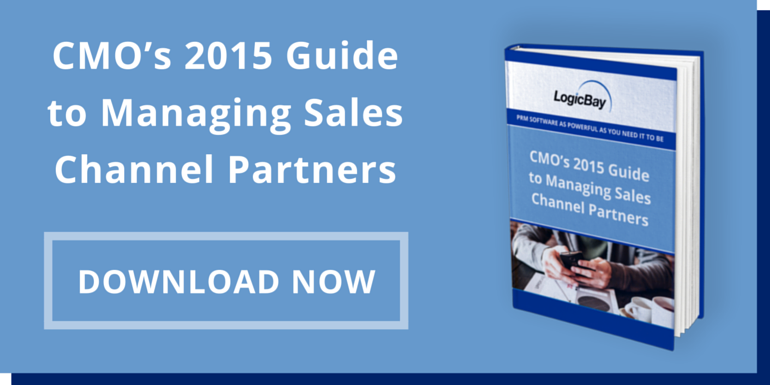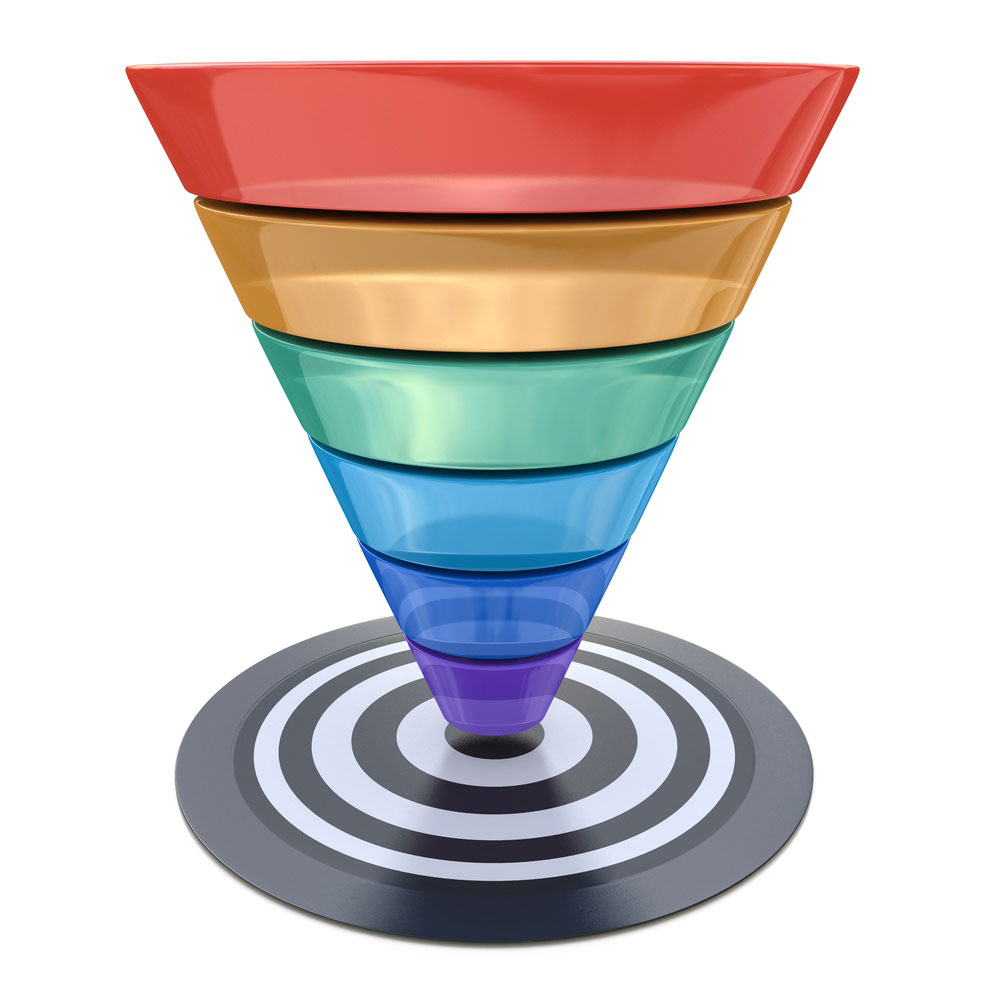Developing a defined sales funnel is vitally important to any business with a sales force. In an indirect sales channel, it’s even more important that a sales funnel is defined and understood by your sales partners. However, ask 10 sales leaders to define their sales funnel stages and you’ll probably get 10 slightly different answers. In today’s inbound-marketing dominant world of selling, where manufacturers are taking more of a lead in inbound marketing activities that are generating the leads that sales partners pursue, defining the sales process is critical to everyone in the sales channel being on the same page.
The basics of a good sales funnel generally remain the same. They are as follows.
Top of the funnel - Lead Generation
This is where it all begins. Lead generation is all about pulling prospective customers from the general population. It’s also why this is called a sales funnel. The top is where you have the most people. There is some glimmer of hope evidenced by some action that was taken - that you define as a marketer - that puts a prospect on your radar screen as a potential customer. That action may be that they called your sales number asking for a call back or responded to a print, radio, or TV ad. More likely, they visited your website and did something - downloaded a white paper or case study - that tagged them as a lead.
Some examples of popular lead generation tactics include:
-
Social media campaigns
-
Content marketing
-
Trade shows and other events
-
Discounts in exchange for contact information
-
Product videos
-
Comment sections on your blogs
-
Newsletter Signups
-
Traditional and Online Advertising
The big mistake to avoid with lead generation is bringing in too many unqualified leads. This will only waste your sales team’s time. Instead, your Lead generation efforts should bring in the best possible prospects for converting.
READ ALSO: How to Scale an Indirect Sales Channel
Nurturing Your Prospects Into Qualified Leads
Bringing in leads is just the first step on the way to a sale. Once you have identified a prospect, they need to be nurtured into qualified leads. Now we’re going down to the middle of the sales funnel.
You don’t do this by simply sending them an email or making a phone call and asking them if they’d like to spend some money though. “Nurturing” is the key word here. It means that you’ll be sending them important information or otherwise convincing them that their interest in your brand is being well-rewarded. You’re adding more value with more content, free stuff, advice, etc.
Email marketing campaigns usually do this extremely well. With the right software, you can send personalized information to your leads and continue doing so based on their responses.
Nurturing leads is usually best done with inbound marketing. It means that you put your chips behind earning the trust of your leads. You’re actively showing people that your company is one they can rely on - and eventually spend money with - as they do their own research to solve a problem that they have. But you still haven’t tried to sell them anything yet directly. This middle-of-the-funnel phase is where a good deal of leads dropout and get disqualified. At some predefined point, the leads that survive move on to the next section of the funnel - the narrow part - and get converted from a lead to an opportunity. Common triggers at this stage are when the prospect asks for a demonstration of your product, requests that a salesperson contact them, conducts a free self-assessment, or some other action that means that they’re serious.
Running the sales play and closing deals (some of them anyway)
At this point you’ve “converted” a lead to an opportunity. Once this is done, the marketing team has done their job and pass it on to the sales team to run the sales process. This is where your sales team earns their paycheck (or at least the commission part of it). With a direct sales force, it’s easier to have insight over this hand-off from sales to marketing. If you employ an indirect sales channel, you’ll also need to define the business processes that help you identify the right sales partners to pass these leads. You of course won’t close all these opportunities, but you at least know that the prospect has the elements that make a sale possible. It’s up to the sales team to close them at this point.
Creating your initial sales funnel
In an indirect sales channel, once the stages of the sales funnel are defined for your company, you can reverse engineer metrics to track for the sales funnel. For example, if you want to close 50 deals this year, and you are recently closing 20% of your opportunities, you’ll need 250 leads to convert to opportunities that form your active pipeline. If 10% of your leads get qualified to convert to opportunities, you’ll need 2,500 leads. Finally, if 2% of your web traffic (in reality this is a REALLY GOOD result) converts to leads, you’ll need 125,000 visitors to your website during the year.
The first time you do this math, you’ll be a little off. No worries - use that to establish a baseline, and then adjust it over time. You’ll eventually get very accurate insight into how well your sales funnel is maturing - or deteriorating - in time to make sure you make the adjustments needed in either your marketing or sales processes (or both!) to ultimately achieve your sales goals.

